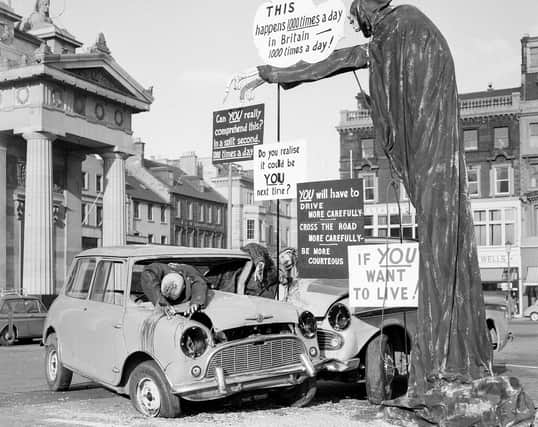The slope of the Mound is a manmade structure, created by dumping over 1.5million cartloads of earth removed from the foundations of the New Town and dumped in the Nor Loch.
The Nor Loch was drained in 1765 and is now the site of Princes Street Gardens, with an entrance at the bottom of the Mound.
Originally called the 'Earthen Mound’, the new road was proposed by Lawnmarket residents in 1783 to make it easier to get to Princes Street, which at that point only extended from St Andrew Square to Hanover Street.
It proved to be a success and was was extended and improved several times until, by 1830, it was largely the road that is in existence today.
Tunnels were driven through the Mound in 1846 to allow trains to reach the newly-constructed Edinburgh Waverley Station.
Over the years the Mound has become a prestigious address for a range of businesses and institutions, including the National Gallery of Scotland, the Royal Scottish Academy of Art, the University of Edinburgh's New College, the General Assembly Hall of the Church of Scotland, Headquarters of the Bank of Scotland, and its museum, Museum on the Mound.
At the foot of the Playfair Steps the M ound Precinct is a large open space used by street performers during the Edinburgh Fringe, with the street itself a ‘must see’ for tourists given it’s dramatic views over Princes Street and the New Town.
Another landmark is the 11-foot high bronze statue of a Black Watch soldier half way down the Mound, commemorating members of the regiment killed or wounded in the South African War of 1900-02.
And today, the street is the location for Edinburgh’s Christmas tree each year.
Here are 29 pictures to take you back to the Mound in the 1950s and 1960s.
Read more:
A message from the Editor:
Thank you for reading this article. We're more reliant on your support than ever as the shift in consumer habits brought about by coronavirus impacts our advertisers.
If you haven't already, please consider supporting our trusted, fact-checked journalism by taking out a digital subscription.
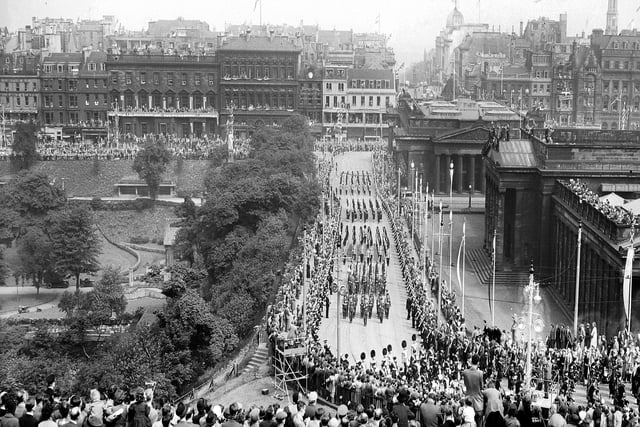
1. Royal occasion
The Royal Procession for the Queen's Coronation visit to Edinburgh travels up the Mound in June 1953. Photo: TSPL
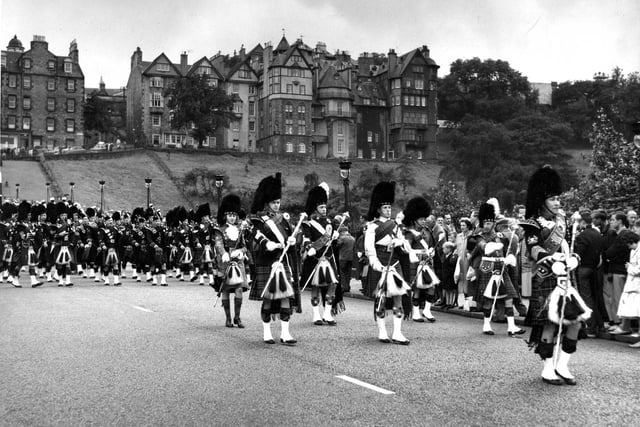
2. On the march
Drum Major Cockburn leads bands down the Mound as part of a piping competition held in Edinburgh in August 1960. Photo: TSPL
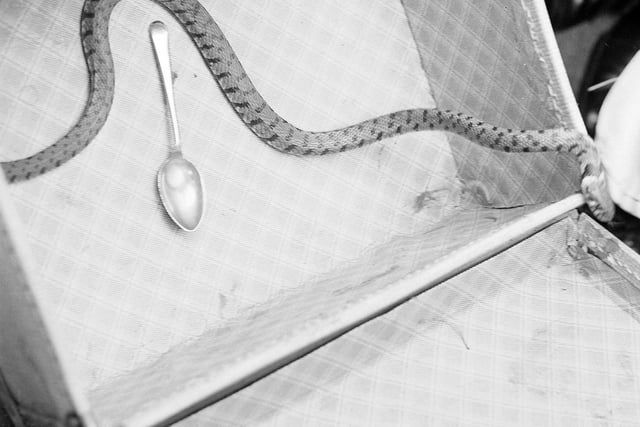
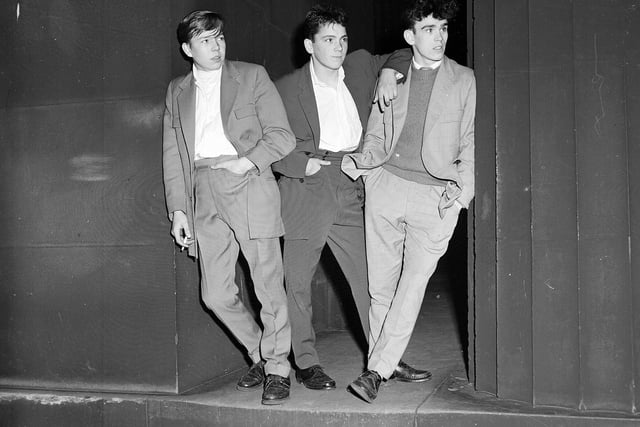
4. I'm bored
Teenagers with nothing to do on Sunday night listen to music through a portable speaker at the Mound in October 1958. Photo: Unknown
